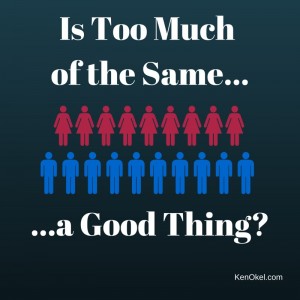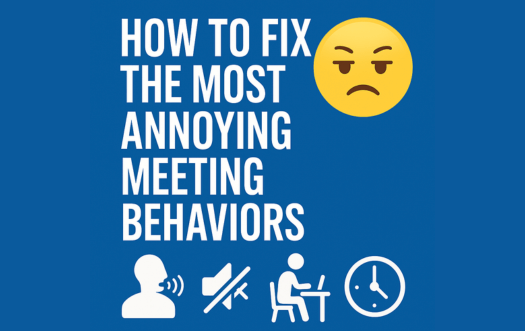 Too much of the same is a quality that most businesses would deny having. To the outside world, it’s very obvious.
Too much of the same is a quality that most businesses would deny having. To the outside world, it’s very obvious.
Here’s the bad news: Too much sameness is bad for business.
Consider this slightly outlandish example:
Hector is a slightly overweight, middle aged man who wears glasses. He’s in charge of hiring people at his company. At staff meetings you may notice that a lot of people look like Hector. Why? He’s the one who has hired them.
In real life, it’s not that cut and dry but very often organizations tend to hire the same kind of people. This isn’t about ethnicity but rather, familiarity.
Maybe there is perceived value in hiring people who embrace a company’s vision and fit the mold of those who have come before. Some might feel that those who rock the boat end up hurting productivity. Why not have people who think the same way and are perfectly happy with it?
Same is safe. Same works. Until one day, it doesn’t because the rest of the world doesn’t stay the same.
Consider life outside of work: You drive a new car because it’s better than your old one. At home, you want to watch TV on the newest entertainment device. And you stand in line and buy the new iPhone because you don’t want to have the same old one.
Suddenly sameness doesn’t seem like such a cherished value. People like change. But put them in an office and suddenly it frightens them.
In an organization, a diversity of backgrounds, knowledge, and opinions help create progress. It can be more challenging to manage but that’s the price of innovation.






